The Bank of Upper Canada, Toronto’s first bank, was chartered on April 21, 1821, only 25 years after Lieutenant Governor John Graves Simcoe departed the tiny settlement of York. In that year, the town possessed approximately 2000 inhabitants, with 209 houses, 27 shops, and 5 storehouses. It was realized that for the town to grow further, it was necessary to have a local bank, to eliminate the need to journey to Montreal or New York to secure loans. In response to the need, a group of wealthy and influential businessmen created the Bank of Upper Canada. Many of the residents of York were not too pleased that all the directors of the new bank were Tories, and thus closely aligned with the Family Compact. Undeterred, the businessmen elected William Allan as the first president of the bank. He was among the wealthiest men in the province and highly regarded by his peers. The above sketch of the second building of the bank is from the collection of the Toronto Reference Library (B2 11a).
The Bank of Upper Canada opened in July 1822, in converted store on the southeast corner of Frederick and King Street East. In 1827, it relocated to the northeast corner of George and Duke Street (now named Adelaide Street), on land purchased from Sir William Campbell, whose mansion was on Duke Street. The new premises were two and a half storeys, built in the neo-classical style, constructed of white stone blocks. Its impressive porch was designed by John G. Howard, who in later years donated to the city the land that became High Park. The porch of the bank was added in 1844, in the classical style, supported by four large Doric columns on its south side. Its door possessed rectangular sidelight windows, with a semi-circular transom window above it. Above the porch there was a balcony. The interior of the bank was trimmed with mahogany.
In 1841, Upper and Lower Canada became the Canadas (Canada West and Canada East). In 1849, because of the riots in Montreal, the capital of the Canadas was moved from Montreal to Toronto. The same year, the Bank of Upper Canada was granted the right to mint copper coins.
A one-penny token issued by the Bank of Upper Canada in 1857. (Photo from www.coinquest.com)
The bank was successful and assisted greatly in financing projects that helped the town to grow. It instituted the branch system of banking, assuring that Toronto would become the financial centre of the province. It also protected people’s savings, though it offered no interest on the customers’ accounts. It had no rivals in York until the 1830s, when other banks were formed or banks from other cities opened branches. They commenced paying interest on customers’ deposits, and the Bank of Upper Canada was forced to follow their example. In 1857 the decimal system for currency was introduced, based on the American system, replacing pounds with dollars.
However, in 1857 there was an economic crisis. The Crimean War ended the year before and lucrative war contracts disappeared. This greatly affected the bank, but it continued offering loans to land speculators, particularly those investing in land for railways. The situation improved when the American Civil War commenced in 1861, as merchants in Toronto sold supplies to the North, even though Britain had recognized the South. When the war ended in 1865, there was another business slump. In 1866, the combination of bad loans, a poor economy, and competition from rival banks, of which there were now eleven, caused the Bank of Upper Canada to fail.
In 1870, the building was purchased by the De La Salle Institute, a Roman Catholic school for boys. They constructed a three-storey building with a Mansard roof on the east side of it and joined the two structures to create a single building. In 1874 they bought Toronto’s first post office next door to it, adding it to the other two buildings. Mansard roofs were added to the bank and the post office to create the appearance that the three buildings were all one structure.
The school remained on the premises until 1913. In 1914, the former bank building housed the Royal Flying Corps Recruiting Centre. After the war, the three buildings were purchased by Christie Brown and Company, Canada’s largest baking company. In 1956, the bank building was empty and during the next few years it began to deteriorate. Finally, it was purchased by Sheldon Godfrey and his wife Alice, who restored it. In 1978, the bank building was designated a National Heritage Site.
The Bank of Upper Canada building in 1872, on the corner (on the left-hand side of the photo), when it was owned by the De La Salle Institute. The school’s new building is next door to it, on the right-hand side. Photo Toronto Reference Library, r. 2858
Photo taken prior to 1874 as there are no Mansard roofs on either the Bank of Upper Canada building or the three-storey Toronto’s first post office (right-hand side). Ontario Archives, 10002092.
Diagrams of the railings above the bank’s porch, as shown in Eric Arthur’s book, “No Mean City.”
Diagram of the porch as shown in Eric Arthur’s book, “No Mean City.”
The buildings in the 1960s, prior to restoration, the Bank of Upper Canada on the far left-hand side. Toronto Archives, F0124, fl 2, id. 19.
View of the porch from its west side in 1978, Toronto Archives, Fonds 1526, item 40.
Gazing east along Adelaide Street at the buildings in July 1978. Toronto Archives, Fonds 1526, fl 0053, id. 49.
The three combined buildings in 1978, prior to restoration. Toronto Archives, Fonds 1526, fl. 0053, id. 0053.
Same view in September 2015, the planted trees having matured, partially obscuring the buildings.
The doorway in January 1978, Toronto Archives, Fonds 1526, Fl.0053, id 0035.
The porch and doorway of the former bank on September 15, 2015.
The portico in September 2015.
View of the Bank of Upper Canada Building erected in 1827, in September 2015.
The author is grateful for the information contained in www.lostrivers.ca and www.thecanadianencyclopedia.ca
To view the Home Page for this blog: https://tayloronhistory.com/
To view previous blogs about movie houses of Toronto—historic and modern
Recent publication entitled “Toronto’s Theatres and the Golden Age of the Silver Screen,” by the author of this blog. The publication explores 50 of Toronto’s old theatres and contains over 80 archival photographs of the facades, marquees and interiors of the theatres. It relates anecdotes and stories of the author and others who experienced these grand old movie houses.
To place an order for this book:
Book also available in Chapter/Indigo, the Bell Lightbox Book Store and by phoning University of Toronto Press, Distribution: 416-667-7791
![1851- b2-11a[1] 1851- b2-11a[1]](https://tayloronhistory.com/wp-content/uploads/2015/09/1851-b2-11a1_thumb.jpg)
![canada_upper_canada_penny_1857[1] canada_upper_canada_penny_1857[1]](https://tayloronhistory.com/wp-content/uploads/2015/09/canada_upper_canada_penny_18571_thumb.jpg)
![1872 pictures-r-2858[1] 1872 pictures-r-2858[1]](https://tayloronhistory.com/wp-content/uploads/2015/09/1872-pictures-r-28581_thumb.jpg)
![c. 1900 I0002092[1] c. 1900 I0002092[1]](https://tayloronhistory.com/wp-content/uploads/2015/09/c-1900-i00020921_thumb1.jpg)
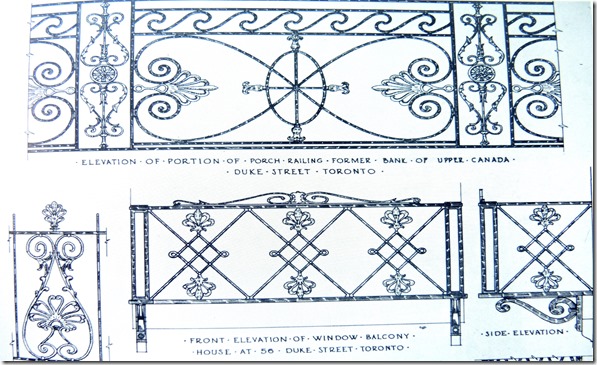
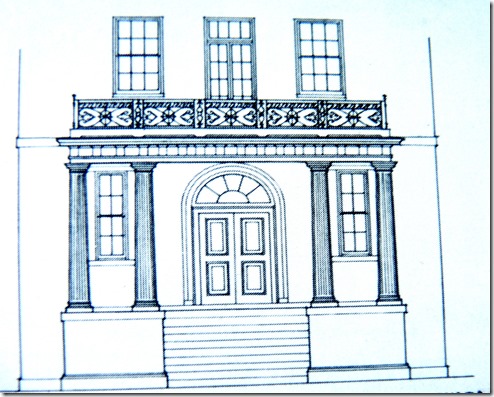
![f0124_fl0002_id0019[1] f0124_fl0002_id0019[1]](https://tayloronhistory.com/wp-content/uploads/2015/09/f0124_fl0002_id00191_thumb.jpg)
![Jan. 1978 f1526_fl0053_it0040[1] Jan. 1978 f1526_fl0053_it0040[1]](https://tayloronhistory.com/wp-content/uploads/2015/09/jan-1978-f1526_fl0053_it00401_thumb.jpg)
![July 1978 f1526_fl0053_it004 9[1] July 1978 f1526_fl0053_it004 9[1]](https://tayloronhistory.com/wp-content/uploads/2015/09/july-1978-f1526_fl0053_it004-91_thumb.jpg)
![June, 1979 f1526_fl0053_it0053[1] June, 1979 f1526_fl0053_it0053[1]](https://tayloronhistory.com/wp-content/uploads/2015/09/june-1979-f1526_fl0053_it00531_thumb.jpg)
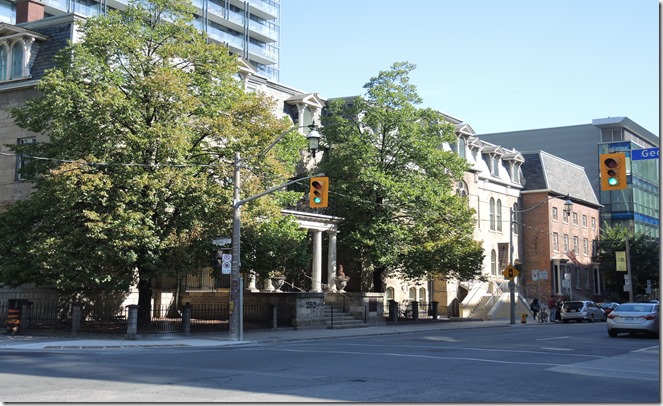
![Jan. 1978 f1526_fl0053_it0035[1] Jan. 1978 f1526_fl0053_it0035[1]](https://tayloronhistory.com/wp-content/uploads/2015/09/jan-1978-f1526_fl0053_it00351_thumb.jpg)
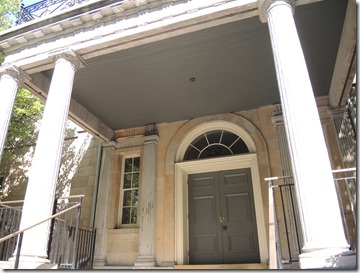
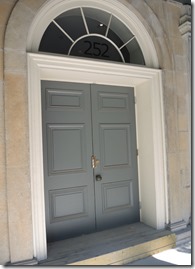
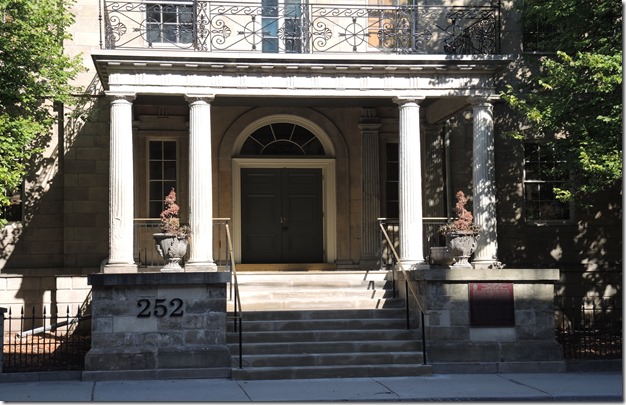
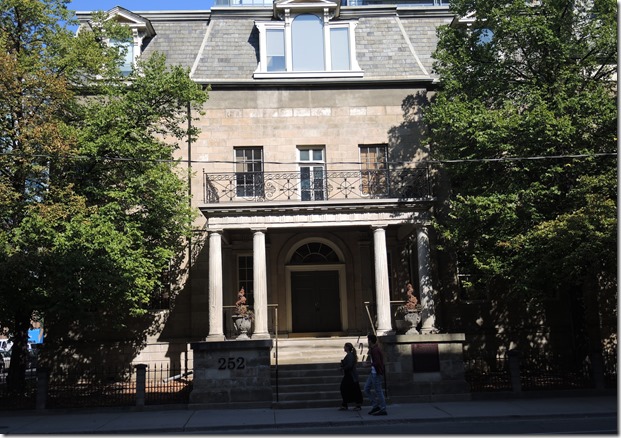
![cid_E474E4F9-11FC-42C9-AAAD-1B66D852[1] cid_E474E4F9-11FC-42C9-AAAD-1B66D852[1]](https://tayloronhistory.com/wp-content/uploads/2015/09/cid_e474e4f9-11fc-42c9-aaad-1b66d8521_thumb1.jpg)

